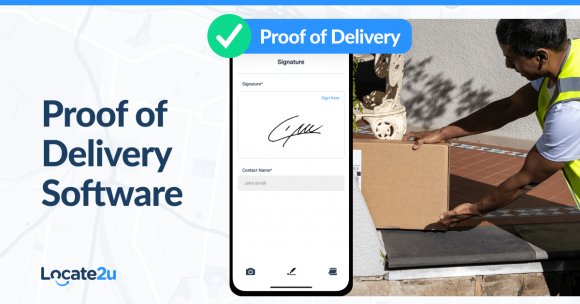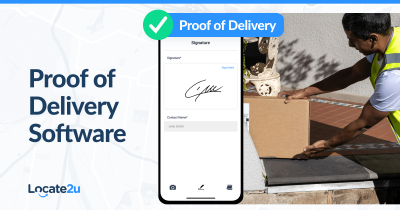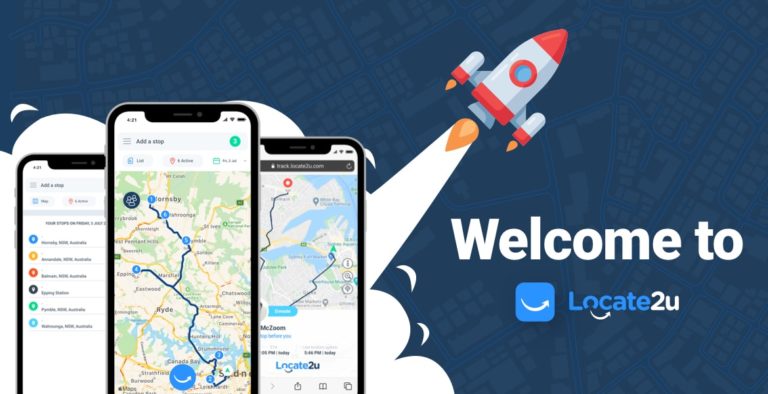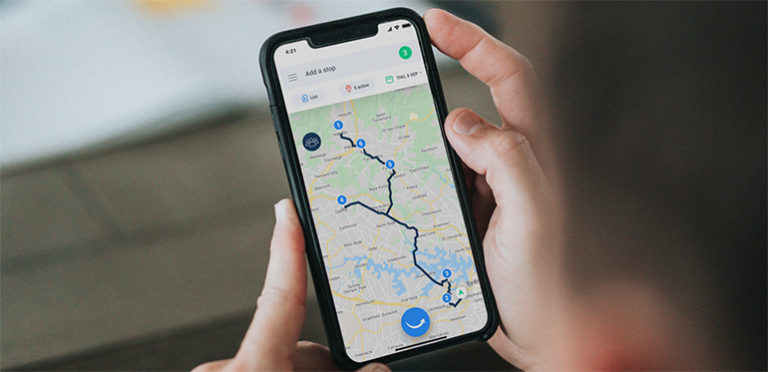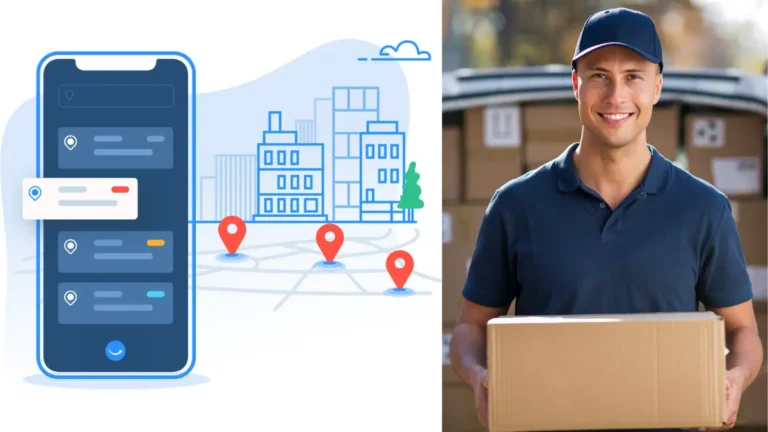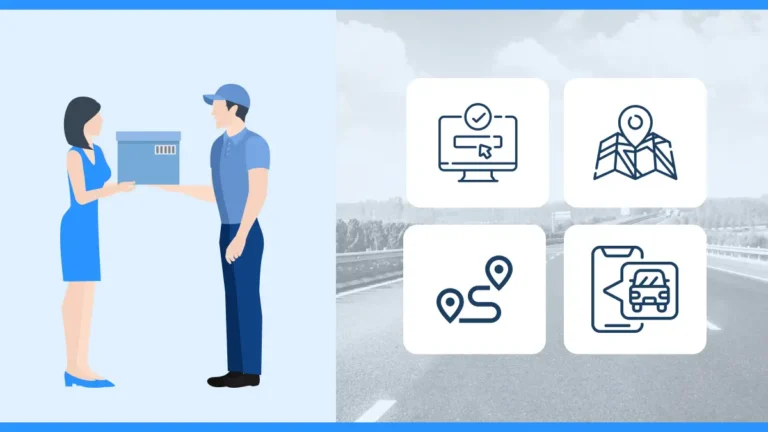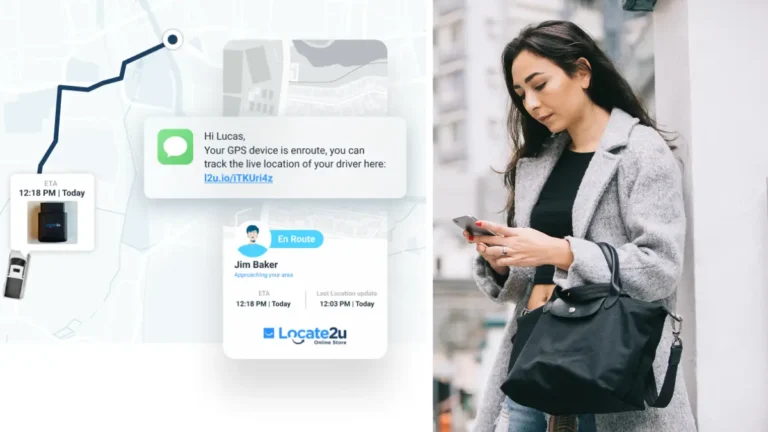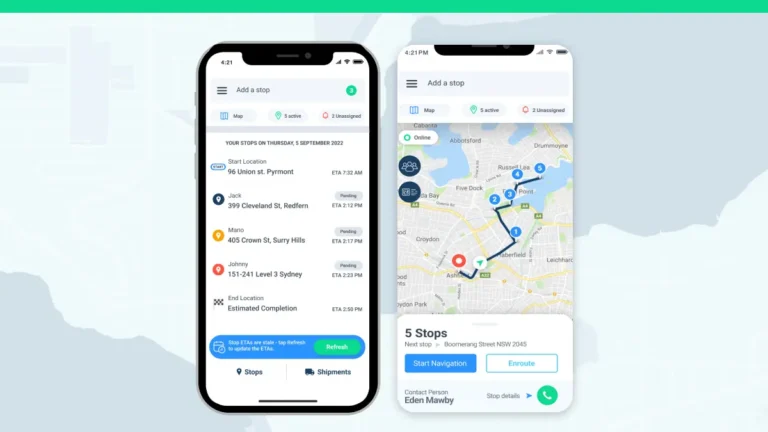This is why you need proof of delivery: You’ve just finished loading up the last of the day’s deliveries.
The sun’s setting, your fleet’s ready to roll, and you’re mentally sipping on that well-deserved coffee. But just as you start unwinding, your phone dings — an angry email.
“Where’s my couch?” a customer fumes. “Your driver says it was delivered. I don’t see a couch!”
Cue the internal groan.
This is where proof of delivery (POD) swoops in like a superhero.
Whether you’re running a delivery company, transporting cargo, or getting that massive sectional to a new home, proof of delivery isn’t just helpful — it’s your secret weapon to avoid disputes, protect your team, and keep clients happy.
Delivery documentation not only helps mitigate fraud risks but also provides peace of mind to consumers regarding the status and condition of their orders.
What Is proof of delivery?
Proof of delivery is the golden receipt of the logistics world. It’s tangible evidence that something was delivered exactly where and when it should be, often referred to as delivery proof. Think signatures, photos, barcodes — basically, anything that screams, “Yes, we were there!”
Without it, you’re vulnerable to those dreaded “I-never-got-it” calls. And let’s be honest, those calls hit differently when you know the item was delivered but can’t prove it.
Proof of delivery the old-school way: Paper trails and chaos
Remember the days of crumpled delivery slips and pens that mysteriously vanished? Drivers handed over paper receipts, and you crossed your fingers that they didn’t end up as coffee coasters.
Paper worked (kind of), but it was slow, messy, and painfully easy to lose.
A delivery receipt served as evidence that a customer had actually received their order, confirming that the delivery was complete and responsibility for the goods had been accepted.
Now, let’s fast-forward to today.
Proof of delivery software: The modern solution
Picture this: instead of relying on a flimsy slip, your driver snaps a photo of the delivery spot. They capture the client’s signature on a sleek app. Boom. Instant proof.
Digital proof of delivery software is a game-changer. It streamlines your entire delivery process, reducing paperwork, minimizing errors, and speeding things up. Plus, it’s harder to argue with a timestamped photo of a couch chilling on someone’s front porch.
Electronic proof of delivery
Electronic proof of delivery is the digital evolution of the traditional paper-based method. It leverages technology to capture and store delivery information, making the process more efficient and accurate.
Electronic POD can be captured through various methods, including:
- Electronic signatures
- Photos of the package and its contents
- GPS coordinates of the delivery location
- Barcodes and QR codes
- PIN codes and electronic signatures
By using electronic proof, delivery companies can ensure that every delivery is documented in real-time, reducing the chances of errors and disputes.
It provides a secure and tamper-proof record of the delivery, enhancing the overall reliability of the delivery process.
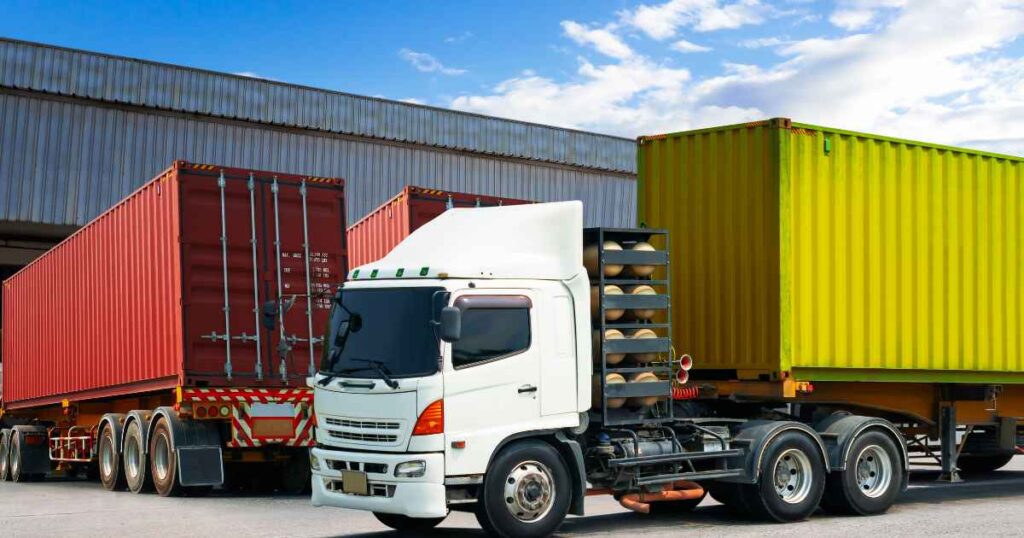
Why proof of delivery software makes logistics easier
It cuts down on disputes
Let’s face it, customer disputes can be exhausting. But with proof of delivery, you’re holding all the cards.
If someone claims they didn’t receive their package, you pull up the app, flash that delivery photo, and end the conversation faster than your driver can say “next stop.”
This verification process ensures successful delivery, protecting your business against false allegations.
Here’s a scenario: Your driver drops off a dining table and snaps a pic and uploads it to your POD software.
Three days later, a customer says, “I didn’t get my table.” You show them the picture — the table sitting snug on their porch, timestamped at 3:42 PM. Silence. Case closed.
Proof of delivery makes your delivery drivers happier
Delivery drivers benefit from proof of delivery too. No more back-and-forth with customers who insisted they were home (but mysteriously didn’t answer the door).
It also cuts down the pressure of carrying paper slips and risking mistakes.
Picture this: A driver’s had a long day, and drops off a fridge but forgets to get a signature.
No problem — the driver pulls out their phone, snaps a quick shot, and the app logs everything automatically. No paper, no fuss.
You speed up delivery times
Think about all the time your drivers spend fumbling with paperwork. Proof of delivery software and delivery documents smooth out that process. Faster deliveries mean more completed routes and more happy customers.
Picture this: Your driver finishes their 20th delivery of the day, and instead of filing receipts in the truck, he taps “complete” on his app. Done and dusted in seconds.
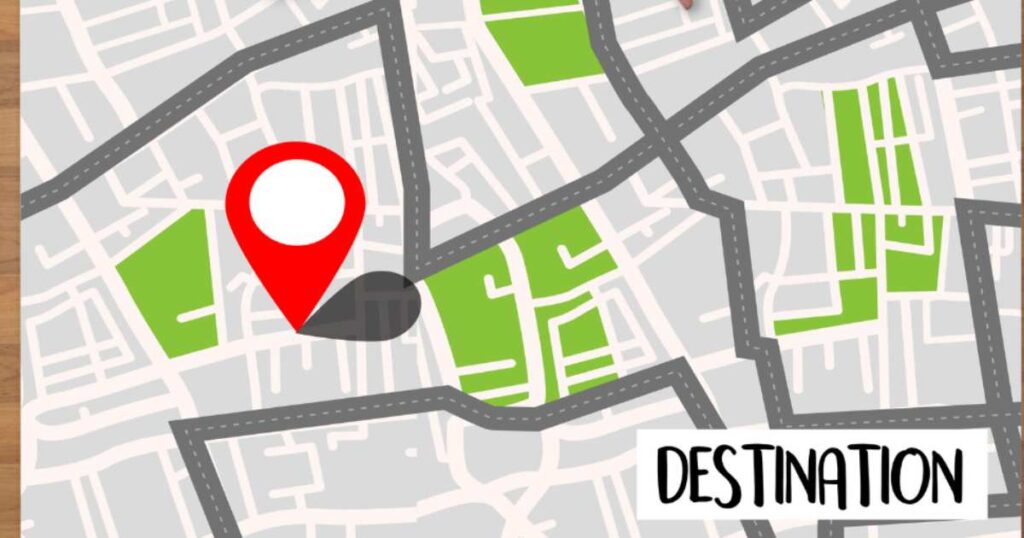
What to look for in proof of delivery software
Not all POD software is created equal. Here’s what to keep an eye out for:
- Photo capture: A picture is worth a thousand words (and potentially saves you a thousand headaches).
- E-signatures: Because sometimes customers need to scribble their name to feel secure.
- GPS tracking: Pinpoint accuracy so you know exactly where your driver was.
- Real-time updates: Immediate notifications when a delivery is complete.
- Offline functionality: Not everywhere has great cell service — your software should work even in signal-dead zones.
The real truth about proof of delivery
Alright, let’s be honest. Sometimes, deliveries get weird.
Scenario: Your driver delivers a mattress. The customer’s not home, so they leave it…on the roof (hey, it wouldn’t fit through the door).
Proof of delivery? A photo of a mattress perched like a crown on the customer’s house. Ridiculous? Sure. But guess what? It’s indisputable proof the job was done.
Let’s recap: Why you need proof of delivery
Proof of delivery isn’t just some fancy feature — it’s essential.
Whether you’re hauling couches, delivering parcels, or transporting industrial equipment, having undeniable proof protects you from disputes, keeps customers happy, and makes your business run smoother.
About the author
Sharl is a qualified journalist. He has over 10 years’ experience in the media industry, including positions as an editor of a magazine and Business Editor of a daily newspaper. Sharl also has experience in logistics specifically operations, where he worked with global food aid organisations distributing food into Africa. Sharl enjoys writing business stories and human interest pieces.

